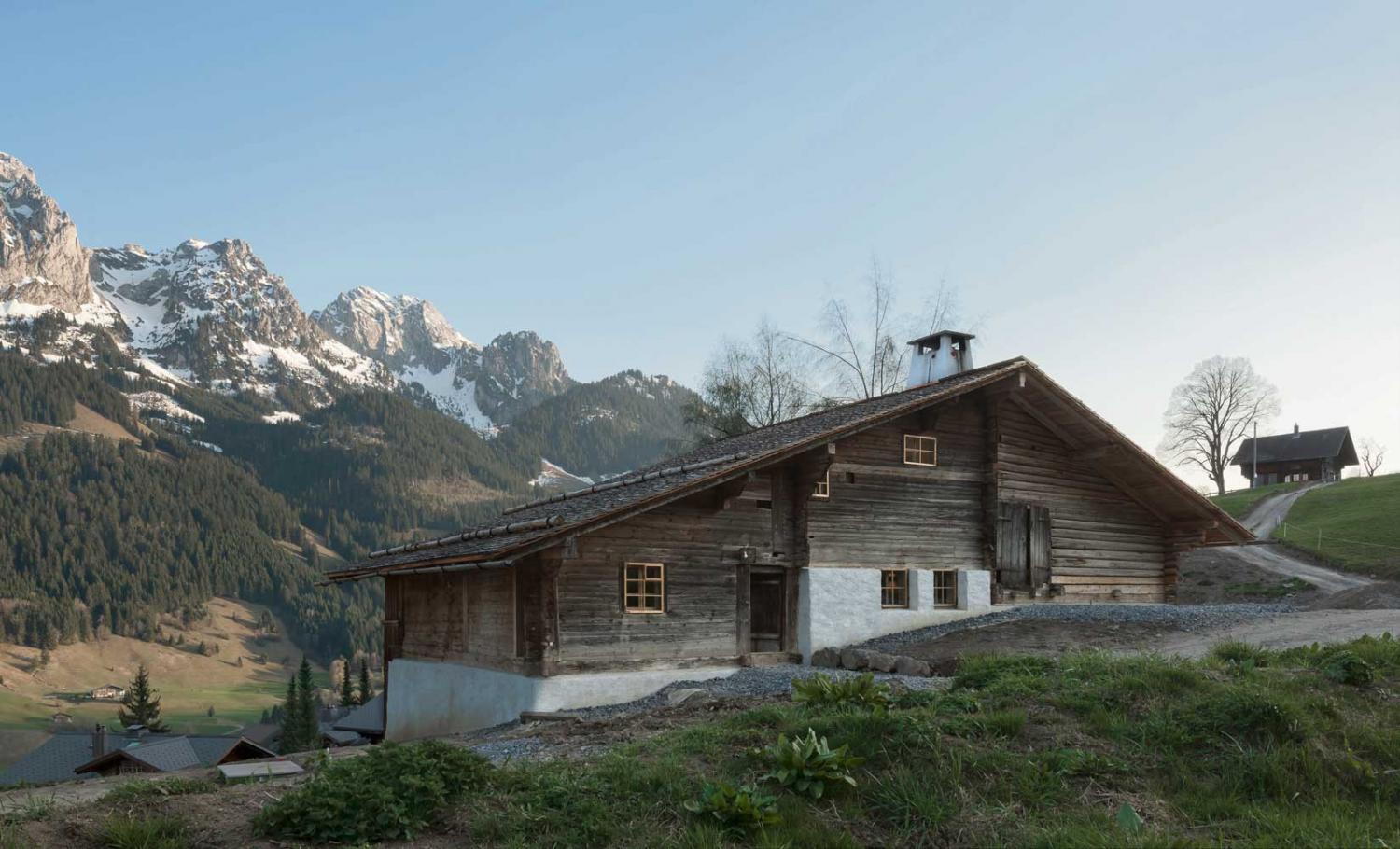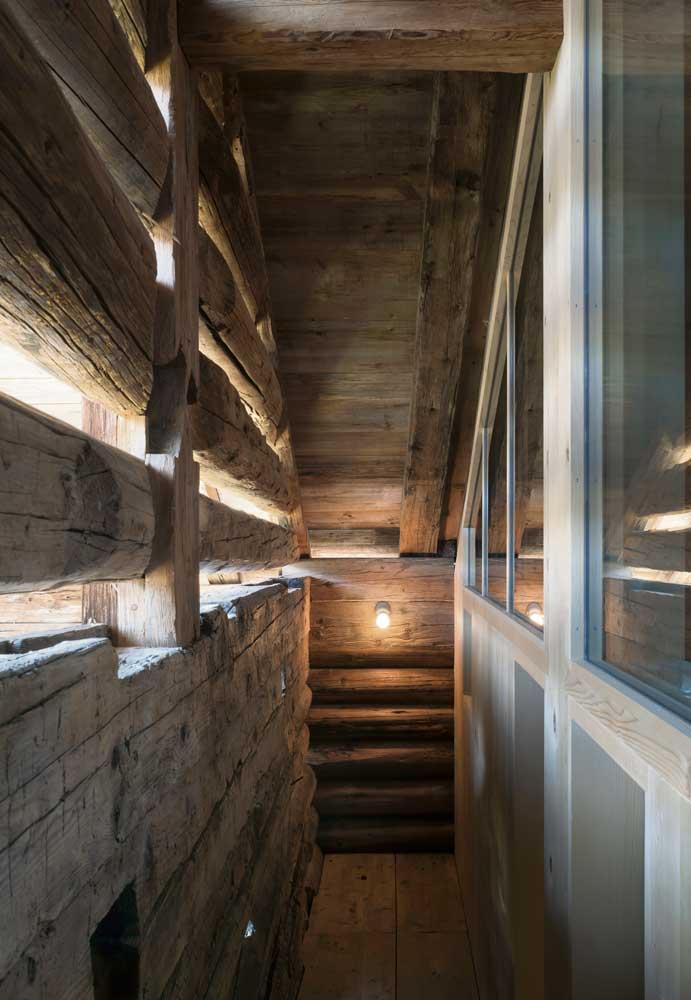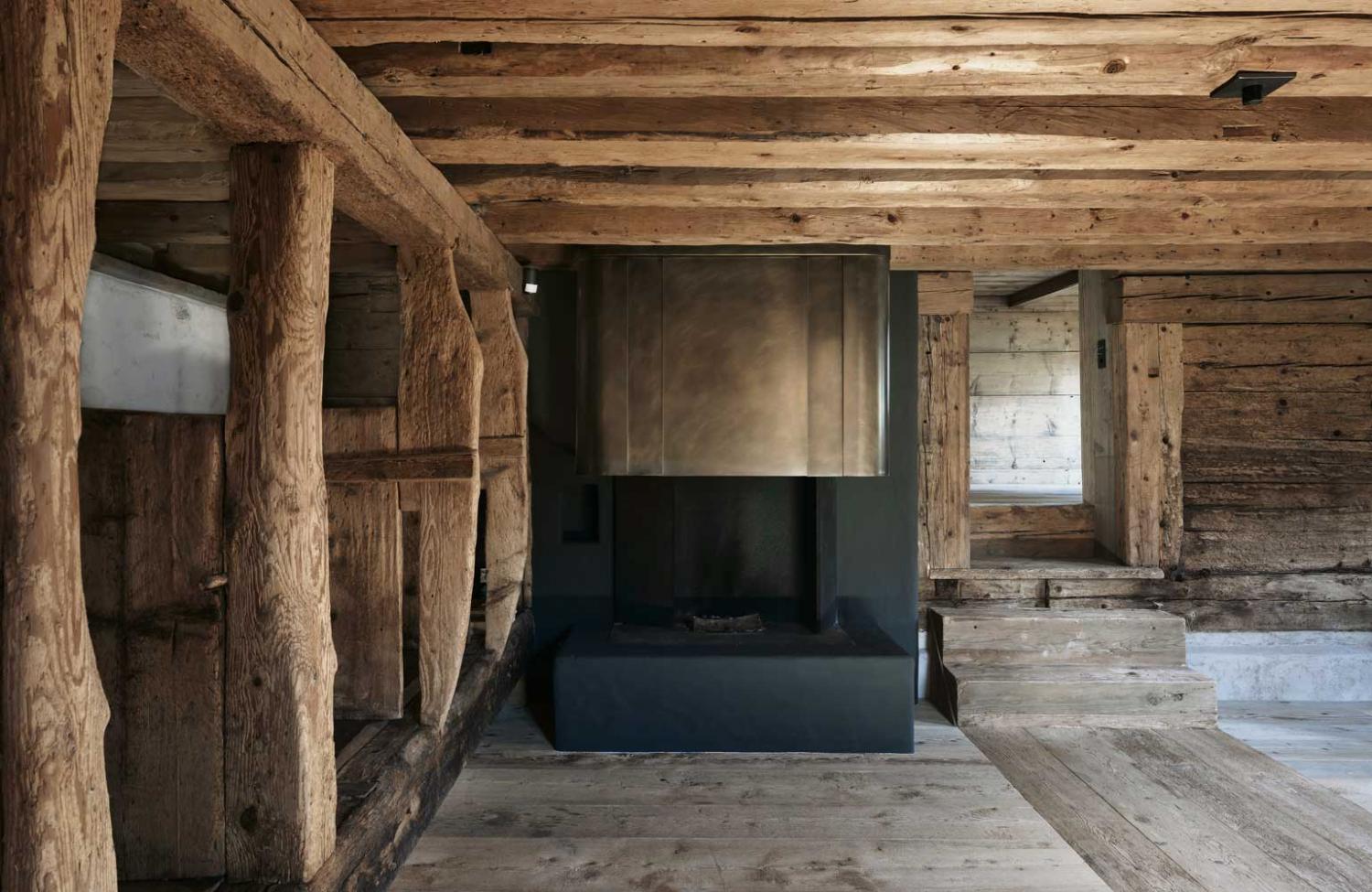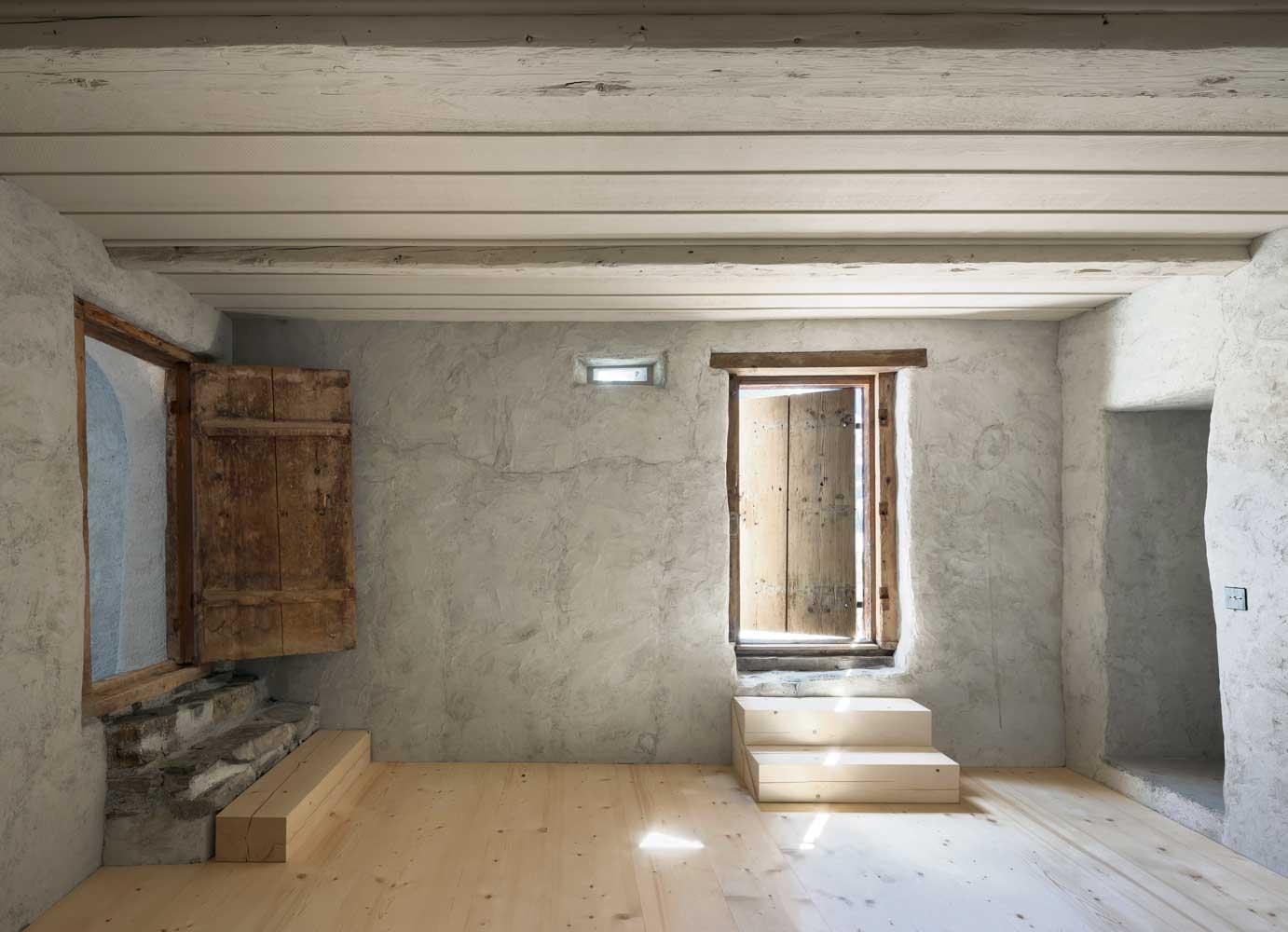2020 fireside chat
24.02.2020 ProfileA year ago, in this very same issue, I had the honour of interviewing HRH Princess Marie Gabrielle of Savoy, a Gstaad habituée. She observed that Gstaad differs from other ski resorts. What connects you to this region and how do you see it in comparison with other resorts?
Having spent my holidays and many weekends since my childhood in our family chalet just half an hour from Gstaad, I know the region and its heritage very well. I particularly appreciate the beauty of the landscape and the many well-preserved valleys for walks and hikes.
“Dios le da pan al que no tiene dientes”: a proverb in Spanish, which loosely translates to God gives bread to those without teeth. Is lack of taste emblematic of new arrivals in Gstaad?
Culture is not the exclusive preserve of local people. I know of heirs who squander the legacy they inherited. So, I don’t think there is a rule in this area.
One of my five sisters was head of landmarks for the Canton of Geneva. Do you see Gstaad as respectful of its architectural history?
Your sister Sabine is indeed one of my acquaintances and I have benefited from her expertise for many years. Like many rural communities in Switzerland, Gstaad cultivates a so-called traditional image. This idea of tradition has gradually taken root over years, even though buildings that invoke this tradition nowadays are fundamentally at odds with the historic constructions of the region. However, over time this new idea of tradition ends up establishing itself as a tradition.
Each September, I look forward to the journées européennes du patrimoine (European Heritage Days). As a father of four, I am eager that my children bear witness to the ever-evolving aesthetic vision of our forefathers. Your work embodies what I see as our 21st century ethos: human and humane; urban and urbane. How has it evolved?
In construction, we need not only to focus on the form of things but also consider what they evoke. I have a long-standing attachment to Alpine architecture and I know its characteristics very well. I have built several residences in this region as well as projects in other ski resorts both in Switzerland and in France. My first project was in the Pays-d’Enhaut. It was an alp that I renovated for my father. This first project received an architecture award and figures in numerous publications.
In a village where film stars and royal highnesses mingle easily with locals, and one of the world’s most prestigious boarding schools—Institut Le Rosey—is in residence over the winter months, the highly sought-after balance of village life here strikes me as unique. How do we preserve this?
Sharing a fondue au fromage!
To paraphrase Frank Lloyd Wright, physicians can bury their mistakes, but architects can only plant vines. What should Gstaad plant?
I like the aged pear trees that grow against the facades of old farms, whose trunks merge with the old planks blackened by the sun.
If Gstaad is to survive climate change, it must offer conference facilities to organisations around the world. The excellent train link and the private airport will catapult the region into this market. What is your opinion of the much-needed concert and conference facility here in Gstaad?
Given the exceptional quality of the landscape and the preservation of the environment prevalent in the Gstaad region, we can understand those who wish to make it a place for this type of meeting. Who would not be made aware of the preservation of our extraordinary biotope by discovering this place?
You won the pitch for the new Rosey campus in Schönried. Eventually, it could not be built because cantonal authorities did not approve it. What was your vision and where did you spot the biggest challenges?
Philippe Gudin, director of Le Rosey, had a visionary idea by proposing to rebuild the campus above Schönried. I was delighted to win the competition between ten other firms.
The main challenge was to design a set of buildings whose silhouette could blend in with the landscape of the region without shocking. Unfortunately, the project fell victim to a number of pitfalls.
Was it a big disappointment when the Erli campus project had to be dismissed due to cantonal intervention?
At that time, I was no longer involved given the construction phase ahead. I can but imagine the disappointment of the Roséens.
The Erli campus and the Les Arts Gstaad are two examples of large and essential projects that could not be realised. Is there a common lesson to be learned from these experiences for future projects?
I am unfamiliar with the Les Arts Gstaad concert and convention hall proposal. However, generally speaking, successful projects of a public nature are the fruit of a very long maturation and a delicate process of deliberation. So, there is no recipe!
You had the opportunity of turning an old, partly damaged barn into a holiday home in the Pays-d’Enhaut. A great portion of the original substance was kept and complemented with modern elements. Is this kind of work a labour of love?
Yes, absolutely. I converted a chalet in Rougemont for my older brother. This project was important to him, and so it was to me. I believe the result has met our respective wishes. The old farmhouse has kept its soul and all its heritage while becoming a comfortable holiday home.
A Swiss national, you were born in Ankara, Turkey in 1963. How did this shape your world view?
I love nature, knowing the names of plants, trees. Knowing where the mushrooms grow and which are edible. I like to watch the insects in the grass. Observe a fly that is in a frenzy against a window pane in the sun. Open to see it go to freedom.
Time and contemplation are the places, where I draw the foundations of what I try to convey in projects. Time is a dense and precious material. We talk a lot about architecture by emphasising materials; texture. I tend more and more to see it in the emotion that it is capable of awakening in those who live in it.
GstaadLife’s sister publication, the Anzeiger von Saanen, announced a projected chalet in Saanen designed by you seeking an official imprimatur.
This project located in the heart of the village of Saanen is interesting because it opens on a small garden to the north, at the end of which very beautiful old facades are aligned. Saanen Church towers above them. I like the scale of this project. It’s a small volume, in which you have to be clever to organise a complex programme. Modest in appearance today, the small building from the 1950s will gain in height and blend with the materials and proportions of the traditional dwellings of old Saanen.
Bernard Piguet
Bernard Piguet Born in 1967, Bernard Piguet, like his surgeon father, did not answer the call of his family’s Swiss private bank but rather his passion for the commerce of art and the art of commerce. After graduating from the Faculty of Business and Economics of the University of Lausanne, Piguet pursued further training in the history of art in London before joining Sotheby’s Geneva, after which he now runs the auction house that bears his name. | Charles Pictet Born in 1963, Charles Pictet, like his diplomat father, did not answer the call of his family’s Swiss private bank but rather his passion for architecture. After graduating from Geneva’s School of Architecture, Pictet first worked in Berlin before founding the firm that bears his name. Currently a visiting professor in Paris at the National School of Architecture Malaquais, he also lectured in both Switzerland and Germany. |








